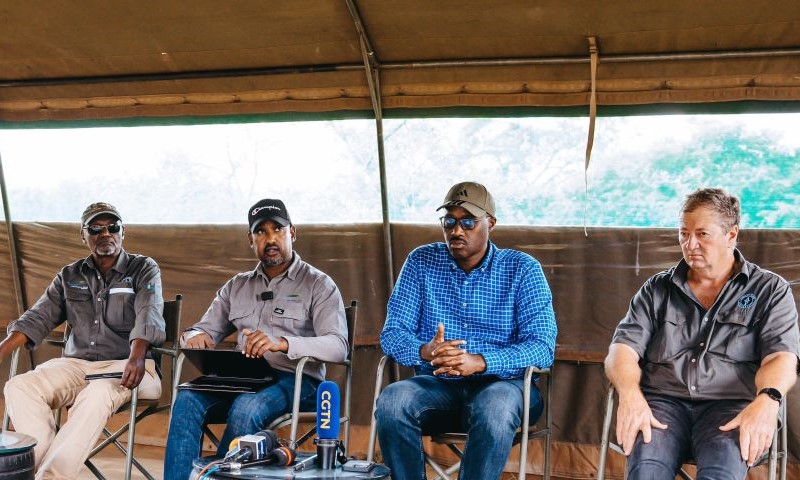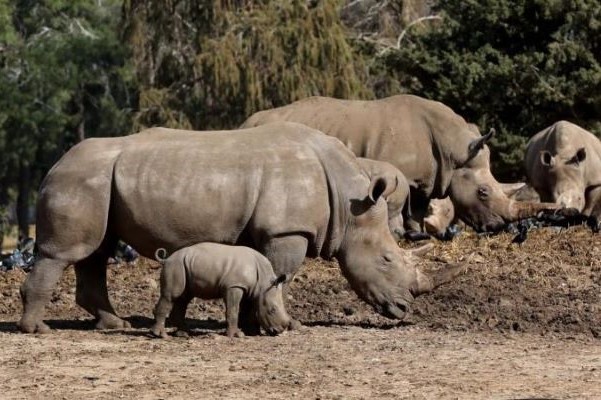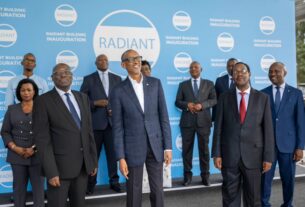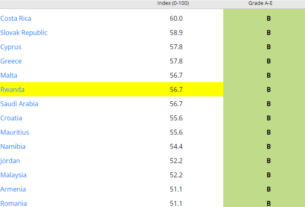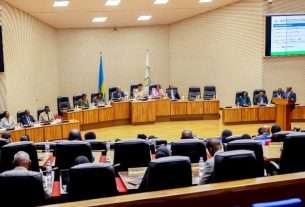In a monumental move that positions Rwanda at the forefront of global conservation, seventy Southern White Rhinos have been successfully relocated to Akagera National Park.
This initiative is not only the largest single rhino translocation ever undertaken at once, but also marks a new chapter in the country’s ongoing efforts to restore endangered species and strengthen biodiversity within protected ecosystems.
The new arrivals were flown in from the Munywana Conservancy in South Africa and transported to the park in the Eastern Province on June 9, 2025.
This operation was spearheaded by African Parks, which manages Akagera in partnership with the Rwanda Development Board (RDB), with generous support from the Howard G. Buffett Foundation.
It represents the second and largest phase of the white rhino rewilding program. In 2021, 30 rhinos were previously brought in as part of this broader conservation strategy, those have since grown to a population of 41.
“This historic transfer reflects Rwanda’s growing contribution to global conservation efforts,” said Jean-Guy Afrika, Director General of the RDB.
“Our commitment to protecting endangered species is closely tied to our vision for sustainable tourism, where thriving wildlife and well-managed protected areas like Akagera National Park create long-term value for visitors and local communities,” he added.
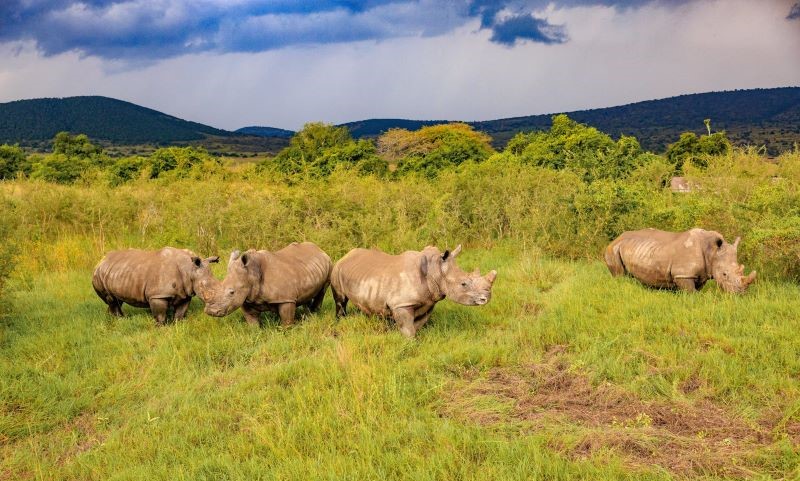
The 70 rhinos were moved in two coordinated phases, each involving 35 animals, with only a three-day gap between them. Before arriving in Rwanda, they spent a period acclimating at Munywana Conservancy to better adapt to their eventual new environment.
The effort is part of African Parks’ broader Rhino Rewild Initiative, which aims to reintroduce more than 2,000 rhinos into secure and well-managed parks across Africa.
“This move marks 100 rhinos successfully relocated to Akagera. It is fair to say that rhinos in South Africa are under threats of poaching and illegal trade,” said Martin Rickelton, Regional Manager at African Parks.
“Now that we are establishing a hood over the coming years, this can always form a long-term gene pool. In events of disaster across the globe or elsewhere on the continent, we know there is a viable hood in Rwanda,” he emphasized.
Rwanda’s role in the initiative extends beyond conservation, it’s a strategic investment in ecotourism and community development, as Eugene Mutangana, Head of Conservation at the RDB, explained.
“Rwandans now make up more than 54% of park visitors, a sign of growing local appreciation for natural heritage. Akagera National Park has truly become a destination of choice,” he said.
“Tourism remains a key contributor to our nation’s economy and this re-introduction further solidifies our country’s position as a premier ecotourism destination,” he affirmed.
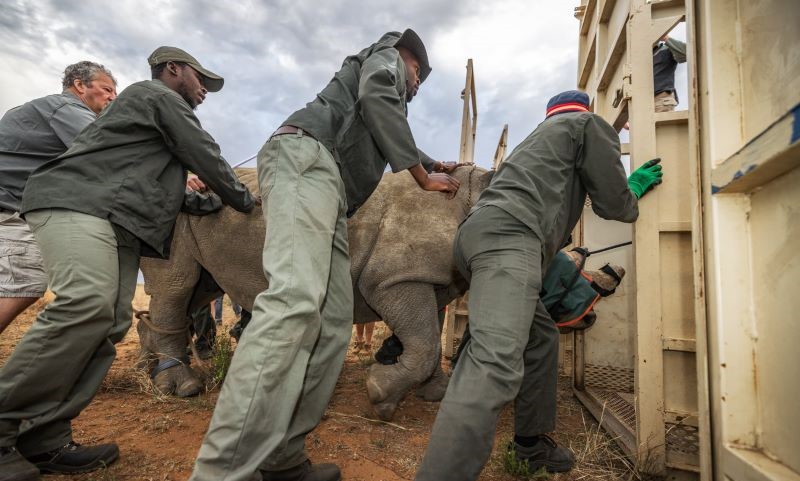
During the event, Prudence Rubingisa, the Governor of Eastern Province, emphasized the essential role communities play in wildlife protection and the need for continued public awareness.
“Our people in different districts closer to Akagera National Park have benefited from tourism revenue through basic infrastructure including schools, health facilities, roads and access to water, and this is transforming their lives,” said
Akagera’s transformation over the last 15 years is remarkable. The combined rhino population now stands at 125, securing the park’s status as a stronghold for rhino conservation in Africa.
Once depleted by conflict and poaching, the park reintroduced lions in 2015, black rhinos in 2017 and 2019, and continues to enhance wildlife monitoring using advanced collaring and tracking technologies.
